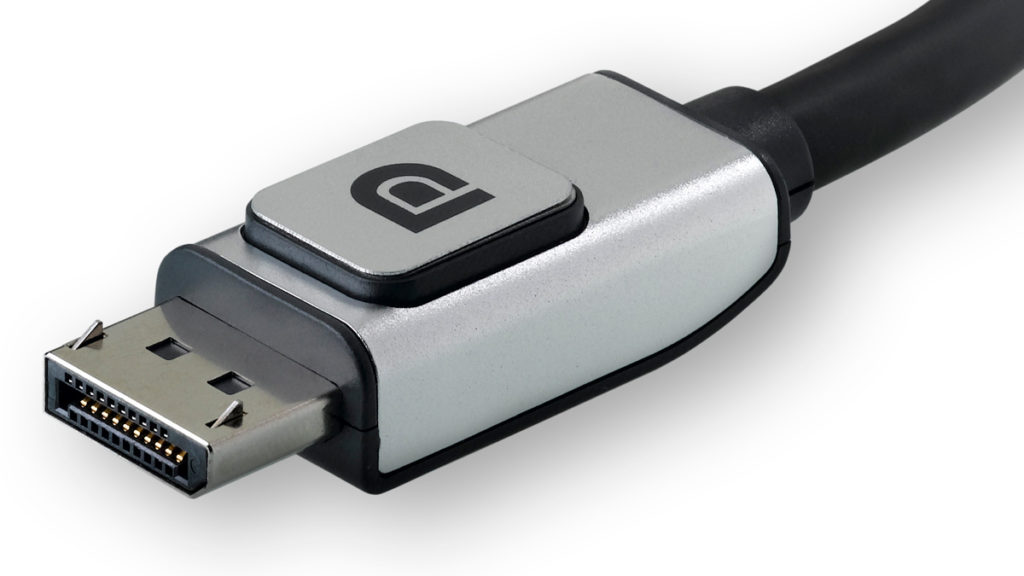
DisplayPort 2.0 monitors were delayed due to the coronavirus pandemic, but it shouldn’t be long until prospective owners will be able to enjoy the cutting-edge video standard. This is according to the international nonprofit corporation behind DisplayPort, VESA, which told The Verge that the world’s first DisplayPort 2.0 monitors should be hitting shelves in late 2021.
“Monitors supporting DisplayPort 2.0 are currently in development, but none have been released to market yet,” a VESA spokesperson explained in a statement sent to the publication. “DisplayPort 2.0 is working now in new system chips that should appear in products later in 2021.”
DisplayPort 2.0 is pretty remarkable because it blows away the competing HDMI standard in regard to video bandwidth performance. While HDMI 2.1 maxes out at 48 Gbps, the latest version of DisplayPort offers a max bandwidth of 80 Gbps, which in itself is a massive improvement over previous iterations (DisplayPort 1.3/1.4 maxes out at 32.40 Gbps).
“DP 2.0 is the first major update to the DisplayPort standard since March 2016, and provides up to a 3X increase in data bandwidth performance compared to the previous version of DisplayPort (DP 1.4a), as well as new capabilities to address the future performance requirements of traditional displays,” VESA wrote in a press release.
“These include beyond 8K resolutions, higher refresh rates and high dynamic range (HDR) support at higher resolutions, improved support for multiple display configurations, as well as improved user experience with augmented/virtual reality (AR/VR) displays, including support for 4K-and-beyond VR resolutions.”
Here are some DisplayPort 2.0 configuration examples courtesy of VESA. Apparently, the standard can support resolutions of up to 16K (15360×8640), which should be a pretty interesting resolution to game in in the far-off future.
Single display resolutions
- One 16K (15360×8640) display @60Hz and 30 bpp 4:4:4 HDR (with DSC)
- One 10K (10240×4320) display @60Hz and 24 bpp 4:4:4 (no compression)
Dual display resolutions
- Two 8K (7680×4320) displays @120Hz and 30 bpp 4:4:4 HDR (with DSC)
- Two 4K (3840×2160) displays @144Hz and 24 bpp 4:4:4 (no compression)
Triple display resolutions
- Three 10K (10240×4320) displays @60Hz and 30 bpp 4:4:4 HDR (with DSC)
- Three 4K (3840×2160) displays @90Hz and 30 bpp 4:4:4 HDR (no compression)
When using only two lanes on the USB-C connector via DP Alt Mode to allow for simultaneous SuperSpeed USB data and video, DP 2.0 can enable such configurations as:
- Three 4K (3840×2160) displays @144Hz and 30 bpp 4:4:4 HDR (with DSC)
- Two 4Kx4K (4096×4096) displays (for AR/VR headsets) @120Hz and 30 bpp 4:4:4 HDR (with DSC)
- Three QHD (2560×1440) @120Hz and 24 bpp 4:4:4 (no compression)
- One 8K (7680×4320) display @30Hz and 30 bpp 4:4:4 HDR (no compression)
